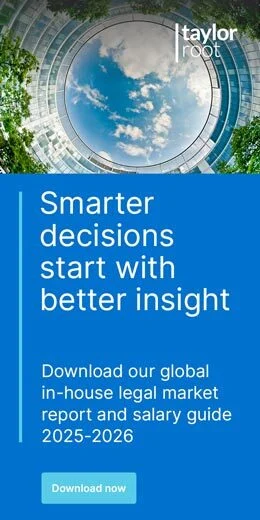AI in private equity: Balancing risk, regulation, and opportunity
At a recent session hosted by a private equity fund, two external technology partners led an incredibly insightful discussion on artificial intelligence (AI). Their core message was simple but powerful:
AI is not one thing. Instead, it spans a spectrum of technologies, from transitional workflow software to generative AI models, each with its own risks, regulatory implications and opportunities for value creation.
For private equity firms and their portfolio companies, the key is moving beyond hype to focus on practical adoption, robust governance and exit readiness.
The governance crunch
One of the strongest takeaways from the session was the growing complexity of AI governance. Regulation is accelerating worldwide, but without a consistent framework:
- EU AI Act – the most ambitious attempt yet at a risk-based regulatory model, though doubts remain about timing and enforcement
- US model – a patchwork of state laws, with no overarching federal legislation
- Global context – a mosaic of standards and principles, forcing multinational portfolio companies to manage compliance on multiple fronts
This fragmented regulatory picture comes alongside a rise in litigation. Discrimination claims are already significant—particularly in employment settings. The lawsuit against Workday in the US, alleging bias in AI-driven hiring, highlights how quickly risks can escalate. Privacy disputes, IP conflicts and “AI washing” claims are also increasing.
Key risks and issues
The speakers identified a broad set of risks that private equity firms and their portfolio companies must actively manage:
- Governance and regulatory compliance
- Data quality and accuracy
- Confidentiality and privilege
- Security and cyber resilience
- Third-party IP exposure
- Privacy and employee data handling
- Bias and transparency obligations
- Tool restrictions and the dangers of “AI washing”
Perhaps the most common mistake is deceptively simple: using the wrong tool for the wrong task, leading to wasted capital and heightened risk.
Pressure points for private equity
AI touches private equity at multiple levels, each with unique challenges:
- Firm level – using AI in deal sourcing, due diligence, and fund administration
- Fund level – facing investor pressure to show AI adoption balanced with sound governance
- Portfolio level – deploying AI to drive efficiency and growth, while managing legal, reputational, and regulatory risks
Each organisation must decide its risk tolerance: whether to embrace early adoption for competitive advantage, or adopt a slower more cautious approach with stronger guardrails.
Operationalising AI lifecycle management
The session also highlighted that AI adoption must be treated as lifecycle management rather than a one-off implementation. That involves:
- Building governance frameworks into adoption from day one
- Continuously monitoring performance, compliance and security
- Updating risk assessments as new regulations and case law emerge
- Training staff to use tools responsibly
This approach ensures AI adoption can withstand scrutiny from regulators, investors and potential buyers.
Exit readiness in the AI era
Exit planning is now an AI issue. Beyond financials, buyers are scrutinising how portfolio companies manage AI. Key considerations include:
- Documentation readiness – policies, training, and audit trails
- Data and IP clarity – ensuring ownership, licensing, and usage rights are unambiguous
- Risk mitigation narrative – telling a credible story about bias prevention, privacy safeguards, and regulatory compliance
Firms that demonstrate disciplined AI governance at exit are more likely to stand out in competitive sale processes.
The session reinforced a clear message: in private equity, AI is both a strategic enabler and a compliance challenge. The firms that succeed will:
- Select the right tools for the right tasks
- Operationalise AI governance across the lifecycle
- Build a clear, defensible exit narrative around responsible AI use
AI is not a single technology—and managing it is not a single event. For PE firms and portfolio companies, success lies in layered ongoing responsibility across the firm, fund and portfolio levels.




